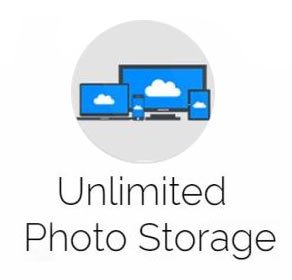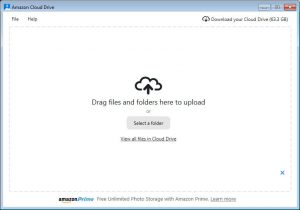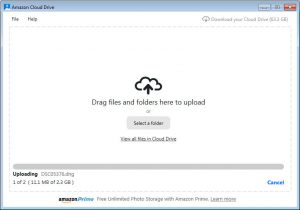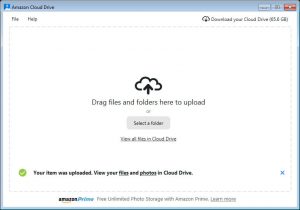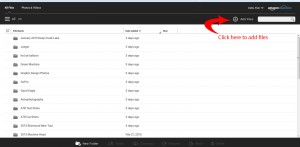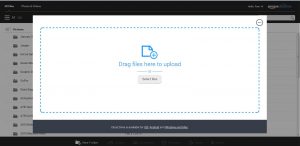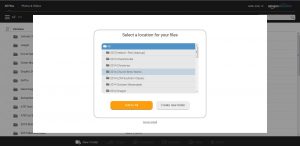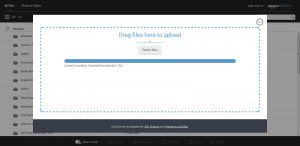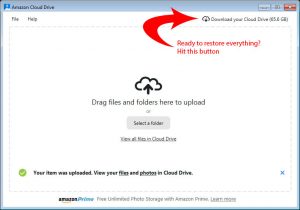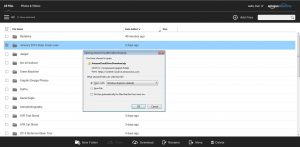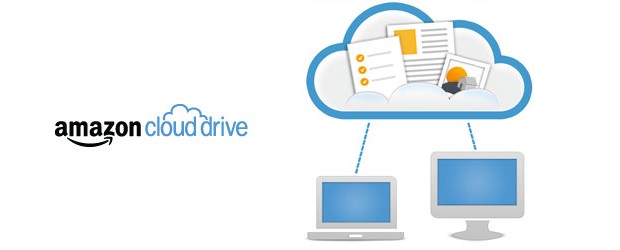
Note: Amazon drastically altered their photo backup plan in 2017, so this post needs to be updated. It was originally written in 2015.
If you are like me, you are in a constant battle to manage hard drive utilization. Shooting in RAW format is the preferred method when it comes to taking photos, but as I’m sure you are well aware, these files eat up drive space quickly. At some point you are going to need to either buy more drive space or start backing up all those massive RAW files. What if there was a place to back up all of those photo online, and it had unlimited storage capability? Turns out, there is. It’s called Amazon Cloud Drive, and it’s “free” as long as you are an Amazon Prime member. Non Prime members can sign up for tiered pricing, which starts at $11.99/year for 100 GB.
At this point, you might be saying, “yeah, but I bet it doesn’t allow me to back up huge PSD files or other formats like DNG”. Well, actually, it does. I’ve already uploaded gigs of files to the service, including a 2.3 GB layered PSD file (which means it also handles files that are over 2 GB). You can upload entire folders, keeping their folder structure intact. Is it perfect? No. It seems to randomly tell me that certain files have not been uploaded when in fact they have been. However, if you are a Prime member, it’s a no-brainer to use the service. And if you were on the fence about going with Amazon Prime, this might be a good reason to go ahead and sign up for it.
How you use the backups is up to you. Maybe you just want another place to store files for peace of mind. Or maybe you can use the storage as a place to store all the RAW files once you are finished editing, keeping only the processed hi-res jpg files locally.
So how does it all work? Read on…
Using Amazon Cloud Drive for Photo Backups
There are two ways to use the service. You can use the web based interface or you can download and install the application for your computer. There’s also an app for your phone you can install. You can find links to all three here.
If using the computer based application, you first just need to sign in with your Amazon Prime account.
Once logged in, you are presented with a simple interface that basically just says, “drop your photos or folders full of photos here”. Do exactly that, and you are off to the races.
If you prefer to use the web interface, the process is nearly identical. Just hit the “Add Files” link in the upper right corner, then select (or drag and drop) files to upload. You can also upload entire folders by dragging and dropping (though this does not work when using Firefox at the time of this writing). You can also create a folder to upload the files to. See the screenshots below:
So you might be wondering at this point if there are ways to manage the files you’ve uploaded. There actually are. For file management, you’ll use the web interface. This includes moving, deleting, downloading and even sharing. Take a look:
The two files I’ve highlighted in the image below need to be moved from the root into a different folder. Easy enough. Just tick the check boxes, then select the “Move” button.
Now just choose the folder to move the files to.
Sharing, Deleting, and renaming all work in the same manner (just check the little box beside whatever you want to modify, then tell the interface what you want to do).
Restoring files from Amazon Cloud Drive
So how would you go about getting all these files back if necessary? Fortunately it’s pretty easy, whether you want to restore the entire backup or even an individual file.
If you want to grab the entire contents of your Amazon Cloud Drive, there’s a button in the desktop application just for that purpose. See below:
Hit that button and you’ll be prompted to select a folder to restore the entire contents of your Amazon Cloud Drive.
Want to simply restore an individual file or individual folders? Head over to the web application for that. Individual files will retain their file names, while multiple selections or entire folders will be downloaded as zip files.
In the image below, I’ve selected a particular folder and hit the “Download” button. You can see that the download will be packaged as a zip file, which I can later unzip to the folder of my choosing.
The web interface behaves the exact same way if I drill into a particular folder and select multiple files for download.
Workflow
I’ve been discussing how to incorporate Amazon Cloud Drive into my photography workflow with my friend and fellow photographer Gabe Dewitt. We’ve both come to the conclusion that we are going to upload every photography project to Amazon Cloud. We both use Adobe Photoshop Lightroom for processing, and as you are probably already aware Lightroom never modifies the RAW files. The edits are stored in a separate catalog file. That means that as soon as we return from a photo shoot and have transferred the RAW files from our camera to our computers, we can also upload those files right to Amazon Cloud. Once we finish processing the photos, we can upload the hi-res JPG, TIF or even PSD files to Amazon Cloud as well. We can use also use the “share” feature to share individual files with clients if necessary. And if we are truly done with all of the editing, we can delete the RAW files from our computers and save valuable hard drive space in the process.
I’m hoping Amazon adds an option to their desktop application that allows you to sync your photos to your Amazon Cloud drive, similar to Dropbox or Google Drive. Currently this isn’t an option, but so far it hasn’t really been an issue. There’s also an advantage to manually backing up data vs. automatic syncing – I can backup files from any computer, from multiple drives, DVDs, you name it. I’ve seen a lot of backup services that advertise how they allow you to backup one computer, with additional computers costing extra. With the Amazon Cloud Drive, I can install the application on any number of computers, login, and just start throwing photos at it. I’ve also seen some backup services that require you to plug any backed up external drives in at least once a month or they will delete any data associated with that particular drive! Isn’t the entire point of hard drive backups to save you from a drive that fails? Not an issue here.
Using the workflow I described above, I can optionally have my Lightroom catalog stored in my Google Drive folder (which backs up regularly) and my edits would then be backed up as well. I currently have 100 GB available in my Google Drive, so if my Lightroom catalog exceeds that…well, it might be time to start a new catalog.
If you want to give Amazon Prime a try, you can do so free for thirty days. Annual membership is $99. Amazon also recently announced that if you want unlimited backup of EVERYTHING (videos, documents, etc), you can add that to your Prime Membership/Unlimited Photo Storage Plan for $59.99/year. And if all you want to do is have unlimited backup of photos (and 5 GB of space for whatever else), you can signup for the service for just $11.99/year. Crazy!
Any thoughts? Feel free to leave them below!

